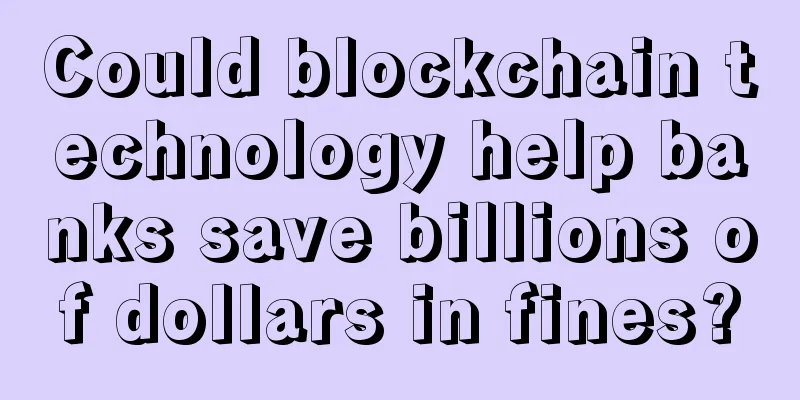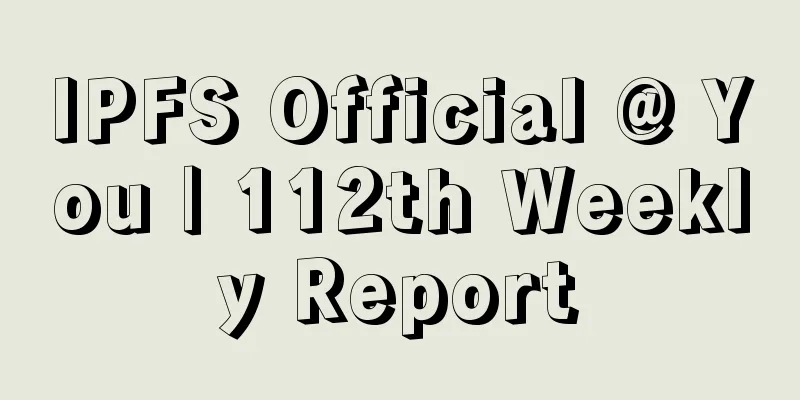Could blockchain technology help banks save billions of dollars in fines?

|
Banking giants including JPMorgan Chase, Citigroup and HSBC have paid more than $235 billion in fines since the 2008 financial crisis. Interestingly, most of the fines were caused by inefficiencies in the banking system that failed to track the mortgages and insurance products sold. According to financial data provided by Reuters, mortgage fines for major U.S. banks accounted for nearly $150 billion, among which the largest banks in the United States, including Bank of America, JPMorgan Chase and Citigroup, were fined billions of dollars for failing to maintain ledgers of all mortgage-related documents. Mortgages are similar to many other financial settlements, however, the documentation required for mortgages can include pay stubs, profit and loss accounts for business owners, lists of assets, bank statements, mutual fund statements, and more. The current financial system and banking applications cause banks and financial institutions to put all documents and data into a single mortgage contract. Furthermore, the lack of transparency and security in the banking system often makes these sensitive banking documents vulnerable to potential hacker attacks. Take Bank of America as an example. According to the Wall Street Journal, the bank paid a $17 billion fine to the Department of Justice for mortgage loans in 2014, of which more than $9 billion was settled in cash. Today, banks are beginning to take these issues more seriously and realize that blockchain technology has the potential to eliminate these multi-billion dollar financial problems. However, major financial institutions around the world are trying to deploy their own blockchain networks without considering that the security of blockchain networks is based on the protection of computing power. “To use an analogy, the size of the city is the size of the blockchain network, and the height of the city walls represents the network computing power. Therefore, the larger the blockchain, the more computing power is required to maintain it. Bigger things are inherently more fragile and therefore require exponentially more resources to protect,” explained security and Bitcoin expert Pete Dushenski. In the coming months, banks may switch their interest to the Bitcoin blockchain and rely on it to create distributed applications, transform the existing banking system and save themselves billions of dollars in potential fines. Original article: http://www.newsbtc.com/2015/12/23/28131/ |
<<: Blockchain technology is on the rise, and Bitcoin payments are marginalized
>>: Bitcoin Foundation welcomes three new members, releases new mission statement
Recommend
Is a big nose auspicious? What does a woman’s big nose mean?
Judging from the facial features of the big nose a...
What is the face shape of the young handsome Yang Yang?
Yang Yang is a popular young idol nowadays. Many ...
These people with domineering and arrogant faces always act recklessly
Have you ever seen someone who speaks loudly and ...
What does it mean when a woman has many and messy lines on her hands?
Palmistry is a relatively common pattern, especia...
Pictures of horizontal lines on the root of the nose
The root of the nose is located between the two e...
What does a mole on a man’s chin mean? Is it okay for a man to have a mole on his left chin?
Different moles represent different meanings and ...
How to read the face of a second marriage? Analysis of the face of a second marriage
People in today's society all have independen...
Tell you what kind of people have irresponsible faces, unwilling to take responsibility and have no future
If a man wants to have a certain status in life a...
What does a woman's nose represent?
What does a woman's nose represent? Woman wit...
Trump and Biden compete to "win over Bitcoin". Is the US crypto regulation about to take a big turn?
Four years ago, if someone told you that in this ...
UNI VS platform coins, who is the best catcher of transaction value?
Author/ Song Xiaowan Since Uniswap announced the ...
Which parts of a woman's body are more prosperous if they are red?
In physiognomy, the redder the parts of a woman&#...
South Korean regulator to shut down dozens of unlicensed crypto exchanges
On September 16, South Korean regulators will shu...
What does a round and thick chin mean in physiognomy? Do people with round chins have good fortune?
People with round and thick chins have no worries...
Which bone structure is the most upright?
A person's facial features will change with t...









